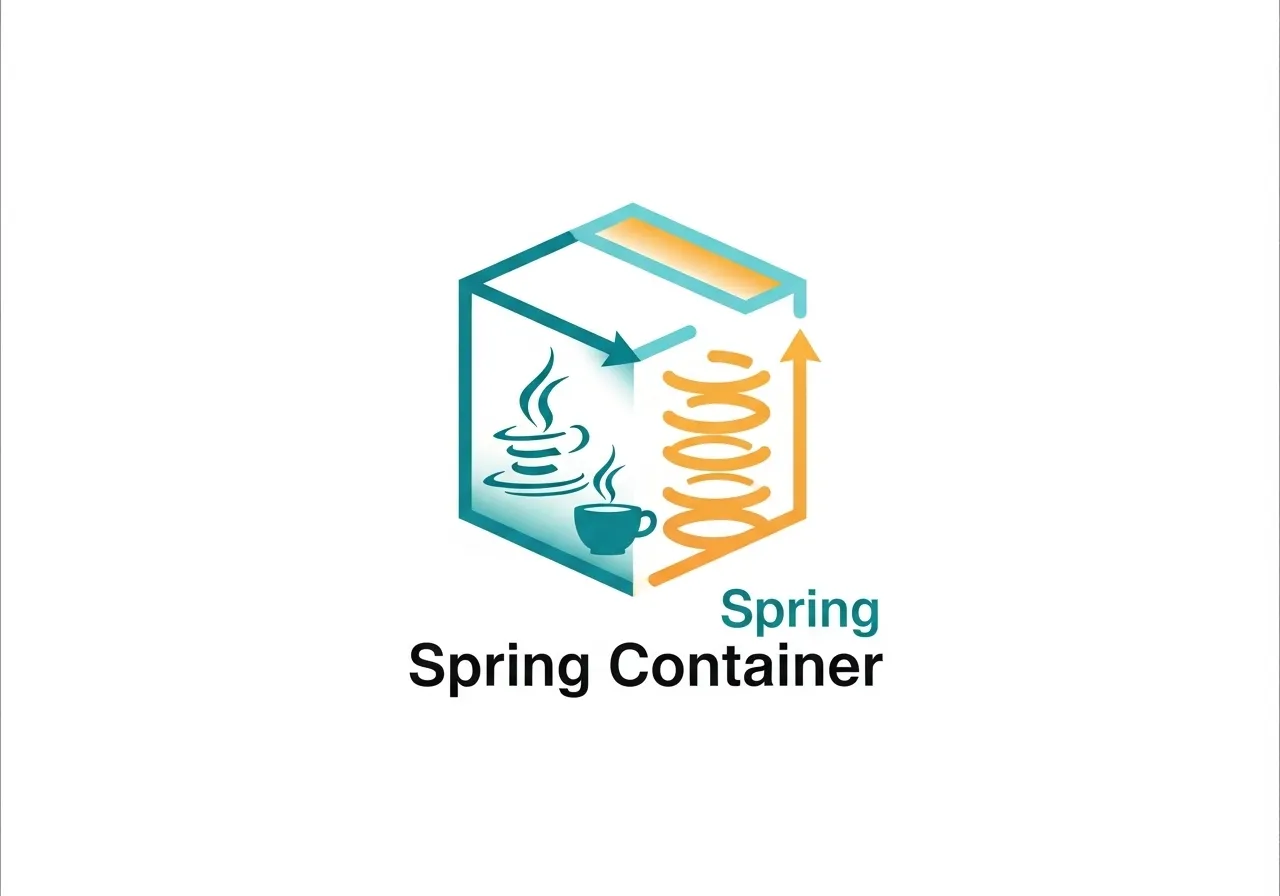How to Implement Sensitive Component Dependency Detection in Spring

Background: Spring Bean Lifecycle and Dependency Injection
In the Spring Framework, Bean lifecycle management is one of its core features. When the Spring container starts up, it performs the following steps:
- Scans and registers all classes annotated with
@Componentand similar annotations as Beans - Resolves Bean dependencies (e.g., via
@Autowiredor@Resource) - Instantiates Beans and injects their dependencies
- Invokes initialization callbacks at the appropriate lifecycle stage
While this mechanism is powerful, it can also introduce security or architectural issues. For instance, some components might contain sensitive logic (such as encryption, authentication, or permission control) that should not be freely accessed or injected into arbitrary Beans.
To manage this risk, we need a mechanism that can detect and prevent illegal dependencies during the Spring startup process.
Objective and Use Cases
The purpose of the SensitiveDependencyValidator is to detect illegal dependencies on sensitive components during the Spring application startup phase, and to terminate the startup process if any violations are found.
This kind of validation serves several key purposes:
- Security – Prevent unauthorized access to critical business logic
- Architectural Compliance – Ensure that the system follows established design and dependency directions
- Risk Control – Avoid data leaks or misuse of functionality caused by improper dependencies
Detailed Implementation
1. Define a Sensitive Component Marker
First, define a custom annotation @SensitiveComponent to mark Beans that should be treated as sensitive:
@Target(ElementType.TYPE)@Retention(RetentionPolicy.RUNTIME)public @interface SensitiveComponent {}Then, annotate any protected or security-critical service with it:
@SensitiveComponent@Componentpublic class SecretService { // Sensitive operations...}2. Implement the Dependency Validator
Create a configuration class that implements SmartInitializingSingleton.
This ensures that your validation logic runs after all singleton Beans have been instantiated:
@Configurationpublic class SensitiveDependencyValidator implements SmartInitializingSingleton, BeanFactoryAware {
private ConfigurableListableBeanFactory beanFactory;
@Override public void setBeanFactory(BeanFactory beanFactory) throws BeansException { this.beanFactory = (ConfigurableListableBeanFactory) beanFactory; }
@Override public void afterSingletonsInstantiated() { // Find all Beans annotated with @SensitiveComponent Map<String, Class<?>> sensitiveBeans = findAllSensitiveBeans();
// Check whether other Beans depend on these sensitive Beans List<String> violations = checkDependencies(sensitiveBeans);
if (!violations.isEmpty()) { throw new IllegalStateException( "Illegal dependencies detected:\n" + String.join("\n", violations)); } }}3. Core Detection Logic
The core process involves collecting sensitive Beans and iterating through all Beans to check for invalid dependencies:
// Pseudocodefunction findAllSensitiveBeans(): beans = getAllBeans() result = emptyMap() for each (name, bean) in beans: clazz = getTargetClass(bean) if clazz.hasAnnotation(SensitiveComponent): result[name] = clazz return result
function checkDependencies(sensitiveBeans): violations = emptyList() for each beanName in getAllBeanNames(): dependencies = getDependenciesForBean(beanName) for each dep in dependencies: if sensitiveBeans.containsKey(dep): violations.add(formatViolation(beanName, dep)) return violationsIn the actual implementation, we can leverage Spring’s built-in APIs:
- Use
AopUtils.getTargetClass()to obtain the real (non-proxy) class of a Bean - Use
beanFactory.getBeansOfType(Object.class)to retrieve all Beans - Use
beanFactory.getDependenciesForBean()to analyze dependency relationships
4. Example: Illegal Dependency
Consider the following example where a regular business service attempts to inject a sensitive service:
@Componentpublic class BusinessService { @Resource private SecretService secretService; // Illegal dependency!}During Spring startup, the SensitiveDependencyValidator will detect this and throw an exception:
❌ Sensitive dependency detected, Spring startup aborted: businessService depends on sensitive Bean [secretService:SecretService]Summary
This approach leverages Spring’s extension points to implement a static dependency validation mechanism without interfering with the normal application flow.
Compared to runtime dynamic checks, this method exposes issues earlier in the startup phase, improving the robustness and compliance of the system.
Moreover, since it’s built entirely on standard Spring mechanisms, it’s easy to integrate, low-maintenance, and framework-agnostic—making it an elegant solution for enforcing dependency constraints in large-scale enterprise applications.